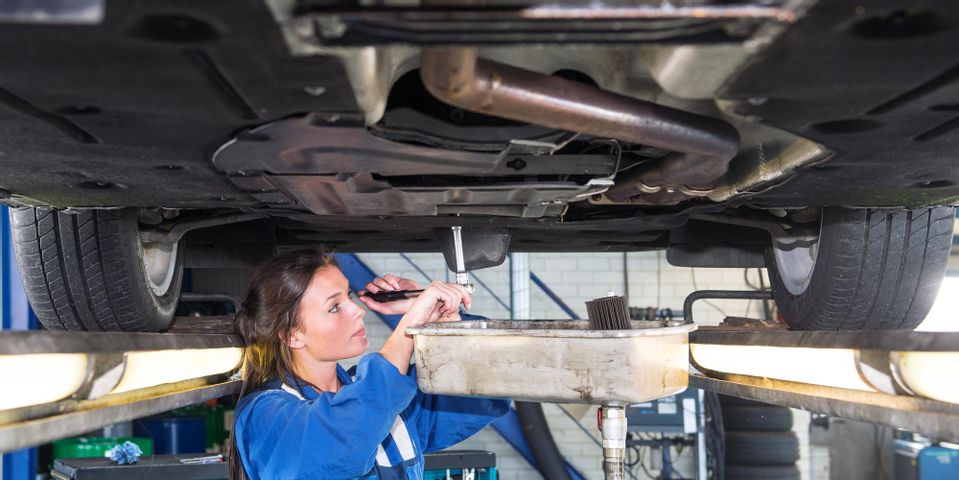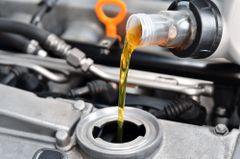
Oil changes are part of responsible vehicle maintenance, and all cars require them regularly. Although they’re essential for proper operation, many drivers are unfamiliar with the process. This guide answers a few common questions about oil changes to help you understand why they’re necessary.
FAQ About Oil Changes
What does oil do?
Your engine has several moving parts, and without lubrication, they would rub against each other, generating damaging heat. Oil forms a protective barrier between these moving parts to prevent friction. This liquid also keeps metal components from rusting, and it carries away dirt that gathers in the engine. If the oil thickens with contaminants, it’ll have a harder time distributing itself around the engine.
What’s the difference between conventional and synthetic oil?
 Both products are derived from crude oil. Conventional oil is sold after it’s refined, and synthetic versions include additives. Some additions include lubricants, stabilizers, and chemicals, which prevent the oil from breaking down and fight sludge build-up. Synthetic is more expensive, but it can last 10,000 miles or more.
Both products are derived from crude oil. Conventional oil is sold after it’s refined, and synthetic versions include additives. Some additions include lubricants, stabilizers, and chemicals, which prevent the oil from breaking down and fight sludge build-up. Synthetic is more expensive, but it can last 10,000 miles or more.
How often should the oil be changed?
The frequency of changes depends on the age of your car, type of oil, and the conditions you drive in. Generally, an oil change is needed every 5,000 miles or six months, but you’ll need to base the frequency on the manufacturer’s recommendation. As your car ages, check the dipstick every month to ensure your vehicle isn’t leaking or burning oil.
How do I check the dipstick?
Park the car and let it cool off for several hours as a hot engine can burn you. Open the hood, and locate the dipstick, which typically looks like a small, yellow loop. Slowly pull the stick upward. Using a paper towel or rag, wipe the dipstick off, put it back, and remove it again. The oil level should be between the upper and lower markings on the stick. Typical oil will appear black or brown, and if it looks milky or sludgy, it may need to be changed.
What signs indicate low oil?
Modern cars include an oil pressure light that’ll turn on when the level is low. Additionally, the smell of burning oil or dark smoke from your exhaust may indicate a leak. Loud knocking noises from the engine indicate poor lubrication between the parts, which causes the engine to overheat.
If your vehicle needs an oil change, contact the skilled team at Sumida’s Auto Repair in Honolulu, HI. For over 15 years, these professionals have provided Oahu drivers with several auto services, including tire rotation, routine maintenance, brake replacement, and engine work. View their services online, or call (808) 533-2994 to schedule an appointment.
About the Business
Have a question? Ask the experts!
Send your question

